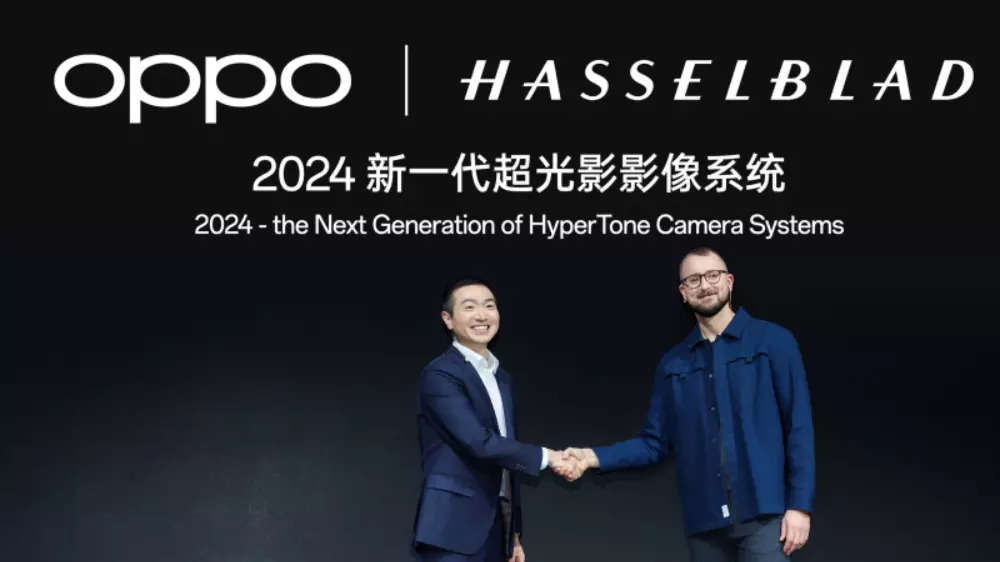HyperTone camera system: Key details
Oppo’s HyperTone camera system promises to deliver end-to-end system-level imaging capabilities and includes HyperTone all main camera system, HyperTone image engine as well as HyperTone ProXDR display.
To meet users’ mobile photography needs, the HyperTone camera system will offer the first-ever all-main camera system in the industry. It will enable high-quality images for every focal length in both high and low-light conditions.
In the recently launched Find N3, Oppo added the stack pixel technology sensor to foldable phones for the first time. This helped the smartphone to achieve performance similar to a one-inch sensor that can be fitted into a foldable.
The HyperTone image engine will solve multiple issues in traditional computational photography. This system will be able to achieve fewer digital artefacts with more computation.
For example, the Extra HD Algorithm feature uses AI RAW fusion to improve clarity by 30% while reducing noise by 60%. The new algorithm requires 400% more computing power, but it results in cleaner and clearer details after processing.
Photo viewing is also an important part of imaging experience. So, the HyperTone camera system comes with the HyperTone ProXDR display.
The system precisely records the brightness of 12 million pixels as the ProXDR technology can unlock up to eight times more dynamic range on-screen.
This will restore the natural tone to make viewing photos much more realistic. Moreover, Oppo is also working to make ProXDR to be compatible with the Ultra HDR standard.

